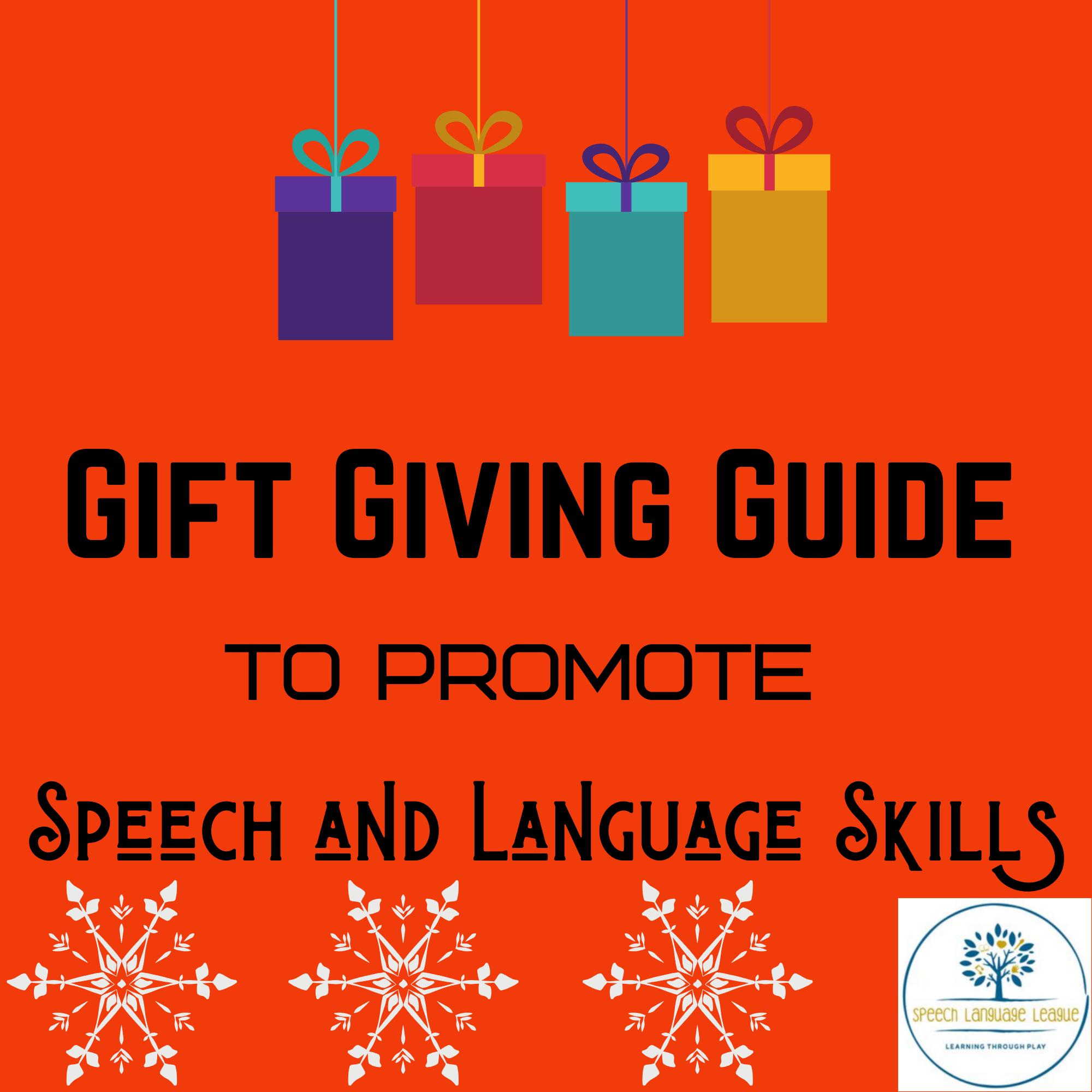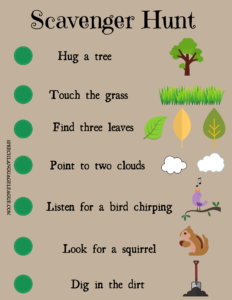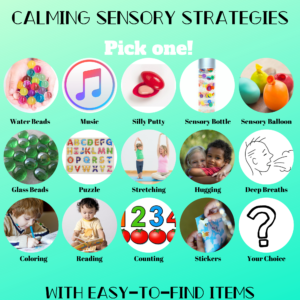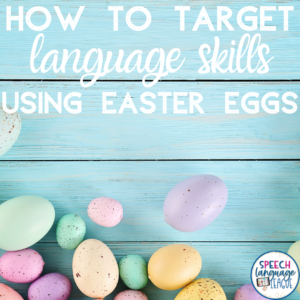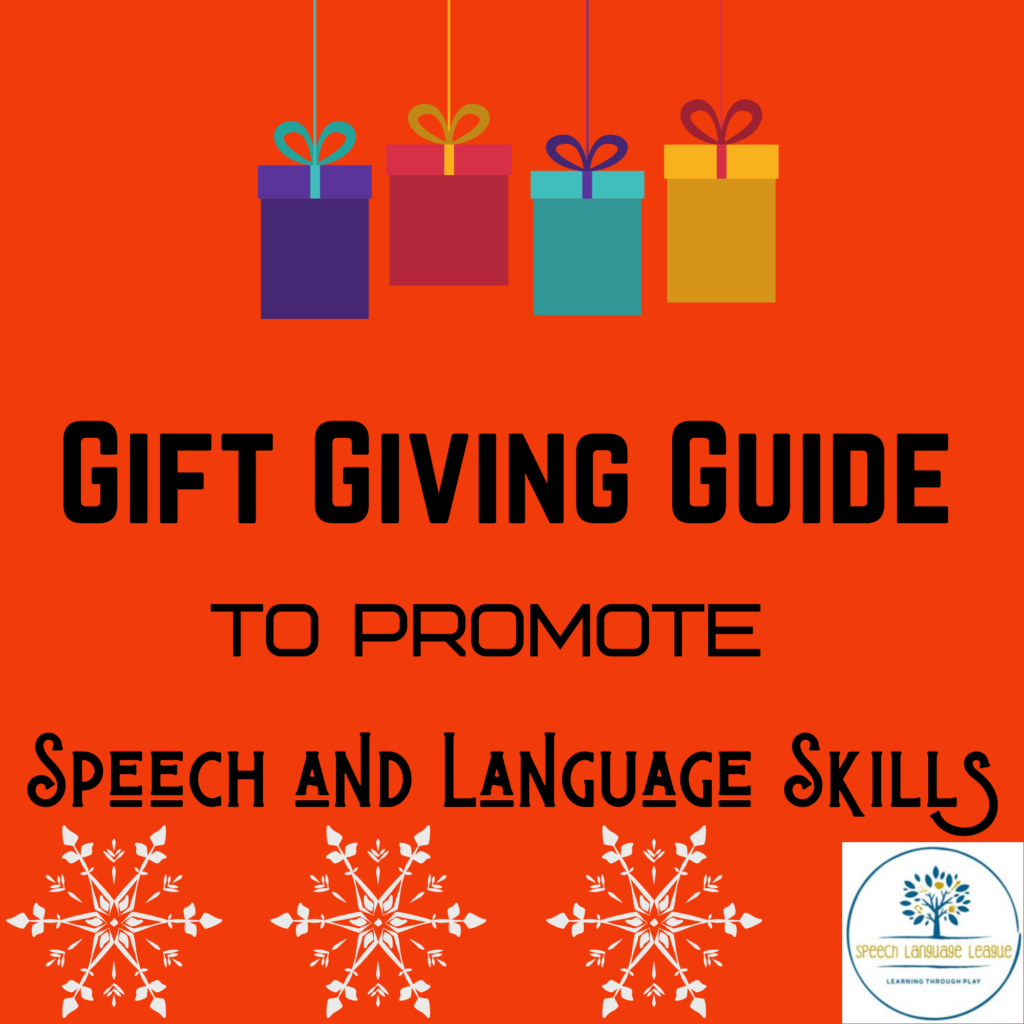
As a Speech Language Pathologist, I have to admit…I love toys! In fact, some of the toys I use with my son, I have had for YEARS before he was born (NO, I didn’t play with them myself; but I did use them to help develop speech and language skills for many other children). Without further ado…these are some of my FAVORITE picks!
GAMES: I feel that many people start to buy games for their children when they are at least 4 years old. But honestly, there are so many games that I feel are appropriate for 1.5 years old and up! Here are some of my absolute favorites!
Seek a Boo — This is a really simple, fun game that can be modified for different levels. Basically, it is a bunch of large circular-shaped pictures of common objects and a bunch of smaller square-shaped pictures of those same common objects. Perfect for learning new vocabulary (receptively and expressively).
For children ages 1.5-2.5; I just throw 2-5 of the large circular pictures on the floor and have them “find” the picture by handing it to me or pointing to it.
For children 2 -3; I add in an additional component of following directions. Place 3-6 pictures, face up, on the floor. Ask the children to “Find the ____” by jumping on the picture; or have them find the picture with a stick, flashlight, pool noodle, etc. Children love the added physical activity of this game.
For children 2.5-4; Place 5-10 large circular-shaped pictures face down on the floor. Hold up one of the smaller square-shaped pictures and have the students turn over each circular-shaped pictures until they find the match!
***If children are beyond labeling (saying) or identifying (finding): you can target: saying “I found the _____.” or “My turn.”
Barnyard Bingo— For some reason, kids just love farm animals. I have to say this game has been one of my favorites, since I discovered it around 2002. There are different colored round “chips” with different farm animals on them. You can put the animals into the barn, take them out, and also match them by animal and color.
For children 1.5-2.5, I just concentrate on the fine motor task of putting the “chips” into the barn. I have them ask for “more” or concentrate on having them look at each chip, while I label each farm animal and/or color. This is really great for improving attention span. You can also have put out 3 (or more) chips and have children point to the sheep or the green sheep.
For children 2-3, I target having children label each animal, communicate “My turn”, and/or tolerate having someone else take a turn (adult or a peer).
For children 2.5-4; I have them play the game the way it was intended to be played. Children take turns playing the game and matching each chip to it’s corresponding space on the rectangular boards.
Goodnight Moon Game— If you love the classic book, Goodnight Moon, you will love this game as well! There are basically three ways to play.
For children 1.5-2.5; you can have them match the color pictures to color pictures.
For children 2-3; they can match color pictures to black & white pictures.
For children 2.5-4, they can match pictures to the actual game board!
SENSORY ACTIVITIES:
Play Doh— Let’s face it. Kids love Play Doh.
I have a few favorites! One is just a basic set of play doh accessories , with rolling pins, different tools to cut the play doh, and various cookie cutters to make shapes! Another favorite is the Play Doh Kitchen Creations Magical Oven. This particular set has been a big hit with my early intervention (birth-3) caseload; as well as my CPSE (3-5) caseload! Kids just love to push that lever down and watch the cake grow as it bakes! It really is cool to watch!
For children 1.5-2.5, I help them pack the play doh into the cake/pie mold, put it into the oven, and press the lever. I model language such as eat, big, little, grow, etc.
For children 2-3; they can begin to press the lever down themselves and if they cannot, I encourage them to ask for “help.” This is also the stage that I introduce pretend play, such as pretending to eat, decorating each cake, etc.
For children 2.5-4, I encourage lots of pretend play, as well as social skills, such as making a cake for mommy, sharing the cake, helping to clean up, etc.
Play Floam: This stuff is so much fun to squish and form into shapes. The cool thing about Play Floam is that it doesn’t dry out. EVER!!! And it doesn’t stick to surfaces, like carpet; so it is perfect to bring in the car, on an airplane, or in a hotel room!
Water Beads:I love the science aspect of using water beads. Talking about how the beads are really small. The, you add water…wait awhile, and when you check again, the beads got bigger! They grew! There is so much language here and we didn’t even get to play with them yet. Here are some of the things I like to do with water beads:
Feel them, touch them, squish them. They are very relaxing to play with!
Scoop them! Use a big spoon or ladle to scoop them into another container, such as a cup. Kids love scooping and transferring.
Sort them by color!
Put laminated pictures or flashcards in them and have your child pull each picture out and label it or talk about what they found. Or you could ask your child to find a specific picture.
Put small objects in with the water beads and have your child pull each object out and label it or talk about what they found. Or you can ask your child to find a specific object.
BOOKS! You can’t go wrong with books. If you have a hard time getting your child to read, try these 12 strategies that will be sure to get your child more involved in reading!
For children 1.5-2.5, my favorite books are:
Goodnight Moon: Repetitive text, so much to label and point to. A very relaxing story, perfect for bedtime.
Brown Bear, Brown Bear: A very sing-songy book that children can’t resist. The big colorful pictures help with attending.
Where’s Spot?: A lift-the-flap book, that encourages interactive reading. This book also does a great job of introducing questions and teaching the important words YES and NO.
From Head to Toe: This book is great for teaching imitation skills and body parts!
Mr. Brown Can Moo. Can you?: This book is great at keeping attention of the littlest listeners! It is also perfect for encouraging imitation of all sorts of fun sounds!
For children 2-3; my favorite books are:
The Very Hungry Caterpillar: This is great for teaching about how things change (caterpillar changing into a butterfly). I love the holes in the book, which encourage little fingers to interact and also encourages counting. There are lots of food items and nature items to label and point to!
Little Blue Truck: A great story with a farm animal theme and lots of rhyming text!
For children 2.5-4, my favorite books are:
The Mitten: A great winter-themed book about a boy who loses his mitten. Great for inferencing and problem solving!
The Snowy Day: One of my absolute favorites about a boy, Peter, and his adventures in the snow. This is also perfect for some of those higher-level language skills, such as inferencing and problem solving!
PRETEND PLAY!
For children of all ages, my favorite toy is a pretend play kitchen. While using this, you can target:
-Labeling and identifying food and kitchen items, such as spoon, pot, pan, sink, etc.
-Following directions, such as “Open the microwave”, “Put in the pot”, “Wash your hands”
-Pretend Play, such as learning to pretend to eat (instead of really putting something in your mouth), pretending to wash your hands, pretending to cook, etc.This is so important in developing imagination and language!
-Combining words, such as I cook, you cook, Eat more, etc.
I find that kids can play with this (at different levels) from about a year old through 7+ years! It really is a great investment!
Children around 1 year old enjoy manipulating and exploring kitchen items, opening and closing doors, putting in and taking out of pots/pans, etc.
Children 2-3 years old begin “making” food, stirring the pot of food, serving food to family, talking about the steps involved in cooking, labeling and identifying items in the kitchen, and creating short sentences about what they’re doing!
Children 3-4 years old begin having full conversations and create elaborate pretend play scenarios.
Other favorites are a toy farm with animals or a toy house with people. These are also great for all ages.
Children around one year old can manipulate animals or people, open/close doors, put objects in and take objects out of the house/barn. They can find items, such as Where is the cow? or can follow directions, such as Put the girl in the house.
Children 2-3 can begin to practice pretend play by having the animals or people perform actions, such as having a person walk or having an animal eat. This is also great to begin developing empathy and social skills because children are starting to understand that others have feelings different than their own (For example, the animal may love broccoli during a pretend play scene; but your child dislikes broccoli).
Children 3-4 can begin creating more elaborate play scenes, talking in the voice of the animal or person. They may begin talking about why animals/people are doing certain things and begin to develop some solutions to problems in the play scenes, for example the girl fell and got hurt. What should she do?
Blocks!
All different kinds of blocks are great for children of all ages. Lego Duplos are super fun for 1-3 year olds and are large enough for tiny hands to hold and push together. Bristle Blocks are great, as well! For older children, these magnetic blocks provide hours of fun!
For children 1-2 years old, I often play a game where I put a block (or other object) on my head and say AAAAH AAAH AHHHH CHOOO!!! And have the block fly off my head, as I sneeze. Kids think this is hysterical. It encourages imitation skills, which is great for language. Then, as the child becomes familiar with this activity, you can hesitate after saying AAAH AAAH AAAH …..causing the child to feel anticipation for the CHOO and for the block to fly off your head. The eventual goal is for the child to imitate this sound (or any other sound you want them to say!) Read more about this and other strategies….
For children 2-3 years old, they can begin building tall towers and knocking them down, which is soooo much fun! You can always pair a sound or a word as they crash down (such as BOOM) to encourage verbal imitation. Kids this age can also participate in some pretend play, as adults or older children build a house or car with the blocks.
Children 3-4 years of age can begin creating more elaborate pretend play with the blocks. They can incorporate characters, such as figurines into their play.
What are your favorite gifts that promote speech and language development?
